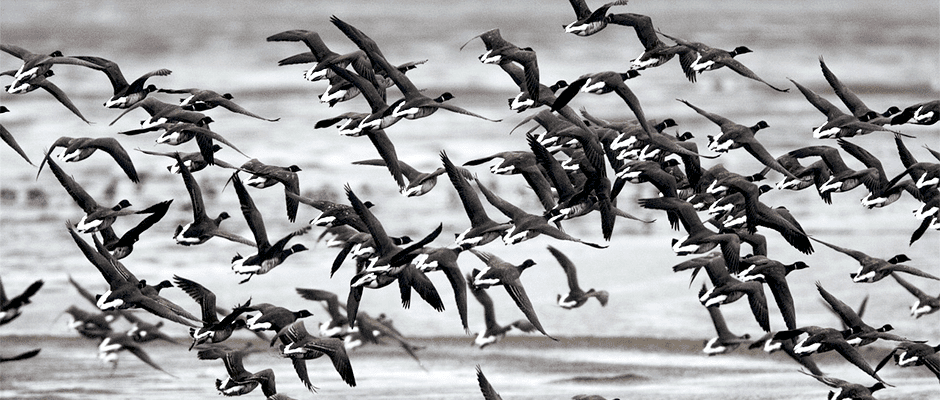Share this article
‘Life-saving road’ cuts through Alaska waterfowl habitat
Interior Secretary Ryan Zinke has signed an agreement to move forward with a land swap in order to build a gravel road through Alaska’s Izembek National Wildlife Refuge, including portions designated as a wilderness area.
Alaska Rep. Don Young, a Republican, said he had been working for more than 30 years to see a road built through the refuge. The proposed single-lane gravel road would be about 12 miles long and connect the towns of King Cove and Cold Bay and give King Cove residents easier access to Cold Bay’s all-weather airport. Currently, King Cove residents must travel across the bay by plane or boat to access routine and emergency medical care, but inclement weather frequently makes these routes dangerous.
In a press release, the Interior Department describes the proposed road as a small and “life-saving road,” that would be the “first and only dependable ground transportation for medical emergencies” for King Cove. The press release did not address whether or not the proposed road would also be affected by inclement weather or how it would be maintained.
In 2013, former Interior Secretary Sally Jewell declined the land swap following a four-year Environmental Impact Statement. At the time, Jewell determined that although the land swap would increase the refuge’s size, the increase would not compensate for the negative effects on wildlife and habitat caused by the disturbance of building the road.
Based on the EIS, Jewell determined the land swap would not be in the public’s best interest, especially since alternative methods were available for medical evacuation. From 2007 to 2010, Interior officials found, a nearby hovercraft performed every requested evacuation successfully, before the Aleutians East Borough determined a passenger ferry would be more viable long-term.
The proposed road would run between the Izembek and Kinzarof lagoons, an area internationally recognized for its eelgrass beds. Izembek Lagoon contains one of the world’s largest eelgrass beds and is a vital stopover for many bird species as they migrate to and from Arctic breeding grounds.
According to the U.S. Fish and Wildlife Service, the refuge is important habitat for the entire world population of Emperor geese (Chen canagica), the entire Pacific population of black brant geese (Branta bernicla nigricans), and more than 80 other species of migratory birds. The refuge is also home to many species of fish and mammals.
At 315,000 acres, Izembek is the smallest of Alaska’s National Wildlife Refuges. More than 95 percent of the refuge was designated a wilderness area in 1980. It’s designated purpose is “to conserve fish and wildlife population in their natural diversity,” the USFWS says, and “to fulfill the international treaty obligations of the United States with respect to fish and wildlife and their habitats.”
Areas of important wetland habitat are included in areas deemed necessary for road construction under the State of Alaska’s proposed plans. Jewell determined the lost habitat outweighed the potential benefits of constructing a road. Zinke criticized that decision, claiming it “prioritized birds over human lives.”
Zinke approved the land swap with the King Cove Native Corp. on Jan. 22. Nine days later, a coalition of nine conservation organizations filed a lawsuit in an effort to prevent the land exchange. Plaintiffs include The National Audubon Society, The Wilderness Society, Defenders of Wildlife, National Wildlife Refuge Association, Friends of Alaska National Wildlife Refuges, Wilderness Watch, Alaska Wilderness League, Center for Biological Diversity and Sierra Club.
Header Image: More than 90 percent of the Pacific Flyway population of brant geese use the Izembek National Wildlife Refuge. Their habitat could be affected by a proposed road. ©skeeze








